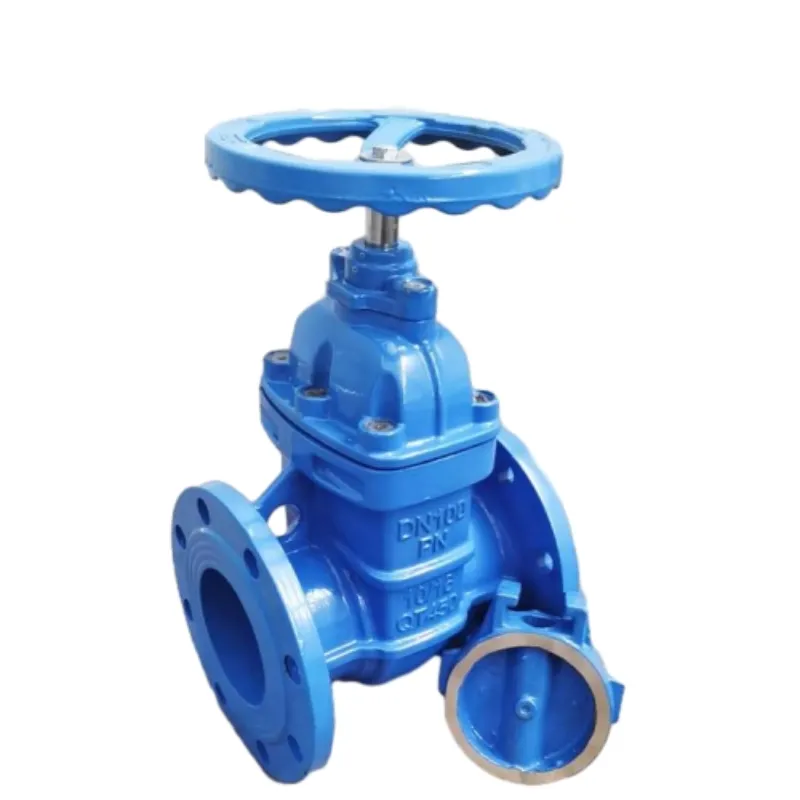ພ.ຈ. . 11, 2024 20:16 Back to list
horizontal ball check valve
Understanding the Horizontal Ball Check Valve A Critical Component in Fluid Systems
The horizontal ball check valve is an essential device within various fluid systems, known for its reliability and efficiency in preventing backflow. This type of valve plays a vital role in maintaining the integrity of systems that handle liquids, ensuring that the flow occurs in one direction only. This article delves into the mechanics, applications, and benefits of using horizontal ball check valves.
Mechanics of Horizontal Ball Check Valves
At its core, a horizontal ball check valve operates on a simple yet effective principle. The valve consists of a spherical ball that is seated in a valve body. The ball is typically made from materials such as stainless steel, plastic, or other alloys, chosen based on the fluid being controlled. Fluid flowing in the intended direction exerts pressure on the ball, pushing it away from its seat and allowing flow through the valve. When fluid attempts to flow in the reverse direction, the ball is forced back onto its seat, effectively preventing backflow.
This design not only ensures the unidirectional flow of fluids but also reduces the risk of contamination and operational failures in connected systems. The horizontal orientation of the valve can be advantageous in certain installations, allowing for optimal use of space and easier integration into existing piping layouts.
Applications of Horizontal Ball Check Valves
Horizontal ball check valves find application across various industries, including water treatment, chemical processing, and oil and gas. In municipal water systems, they are often installed in pipelines to prevent backflow, which could otherwise lead to cross-contamination of clean water supplies. In chemical processing, these valves help to control the flow of reactive substances, protecting equipment and ensuring operational safety.
horizontal ball check valve

Moreover, in HVAC systems, horizontal ball check valves contribute to maintaining proper pressure levels and fluid distribution
. Their ability to handle high pressures and temperatures makes them suitable for both residential and commercial applications.Advantages of Using Horizontal Ball Check Valves
One of the primary advantages of horizontal ball check valves is their low maintenance requirements. The simple design, featuring fewer moving parts compared to other types of check valves, reduces the potential for wear and tear. Additionally, their effective sealing capability minimizes the risk of leakage, which is critical in many industrial applications.
Furthermore, these valves can accommodate varying flow rates, enhancing their versatility. Whether dealing with highly viscous fluids or lighter liquids, horizontal ball check valves can adapt to ensure consistent performance. Their installation is also straightforward, making them a preferred choice for engineers and system designers.
Conclusion
The horizontal ball check valve is a vital component in many fluid systems, offering a reliable solution for preventing backflow and ensuring the safe transport of liquids. Its straightforward mechanics, versatility across different applications, and low maintenance needs position it as a valuable asset in various industries. As industries continue to evolve, the demand for efficient and effective fluid control mechanisms like the horizontal ball check valve will remain paramount, influencing the design and operational strategies in fluid management. Whether in municipal water systems, chemical processing, or HVAC installations, the horizontal ball check valve stands out as a critical safeguard against backflow, ensuring the smooth operation of essential systems worldwide.
-
Threaded Ring Gauge Measurement UncertaintyNewsJul.14,2025
-
Spirit Level Ruler Calibration CheckNewsJul.14,2025
-
Magnetic V Block Material GradesNewsJul.14,2025
-
Indicating Micrometer Digital DisplaysNewsJul.14,2025
-
How Accurate is a Typical Ruler with Right AngleNewsJul.14,2025
-
Go No Go Pin Gauge Temperature EffectsNewsJul.14,2025
Related PRODUCTS









